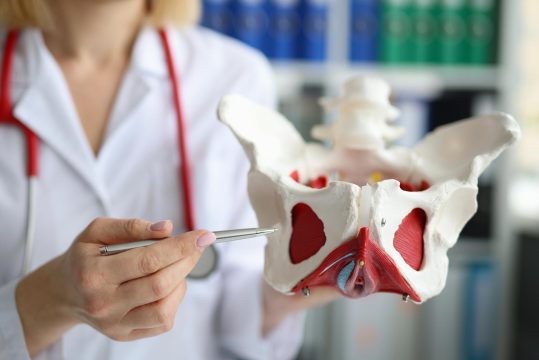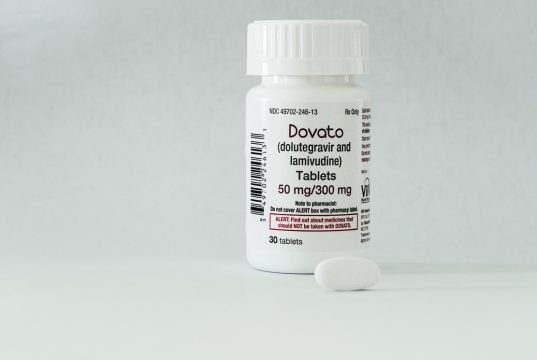Advertisment
ILTS 2012 Report – Living donor transplant may work well as first-line choice for infants with biliary atresia
by Thomas R. Collins – A living donor liver transplant can be a safe and effective first-line treatment for very young children with biliary atresia, Chinese researchers said here at the 18th International Congress of the International Liver Transplantation Society.
A small study of 28 patients receiving a first-line living liver donor transplant — without first trying a Kasai procedure, a way of surgically bypassing blocked liver ducts — found that they achieved results that were similar, and in some cases better than, children on whom the Kasai procedure was performed first, said Qiao Wang, a medical student who presented the findings for a team of researchers at West China Hospital of Sichuan University and the Children’s Hospital of Chongqing Medical University.
Infants with biliary atresia are at risk of death, since the disorder is a major cause of bile being blocked from flowing from the liver. Studies have found that 30 percent of infants with biliary atresia who receive a Kasai procedure need a liver transplant anyway within the first year of life. And 50 percent need a liver transplant before adulthood.1-4
But a traditional transplant from a deceased donor is not the main first-line treatment because of the scarcity of organs, the degree of complexity in surgery on infants, and because the Kasai procedure does have the potential to be palliative.
Living kidney donors, along with careful surgical methods, might be a good first-line option, though, the Chinese research team found.
The study involved 10 patients for whom liver transplantation was considered the only choice (the “pre-Kasai group”) and 18 for whom it was considered an alternative choice to a Kasai procedure (the “primary LDLT group”). The children ranged in age from 3 months to 21 months and they were recruited between 2008 and 2011 at two hospitals in southwest China.
The pre-Kasai group had an average PELD score of 11.9, with a range of 9.2, and the LDLT had an average PELD of 16, with a range of 7.4.
The one-year survival rate for the pre-Kasai group was 80 percent; for the primary transplant group, 77.8 percent.
Researchers compared the results of the group for whom transplantation was chosen over Kasai with results of children with biliary atresia for whom Kasai was the primary choice over the same time period.
The one-year survival rate for the primary LDLT group was better, at 77.8 percent, compared to 60.6 percent for the Kasai group. But that difference wasn’t statistically significant.
Researchers also found that the entire primary LDLT group remained jaundice-free, compared to just 70.4 percent of the Kasai group — which was a significant difference (p=.035).
Dr Wang noted that the patients in the primary LDLT group had a longer course of disease (average age of 7 months compared to 3.2 months) and worse liver function (average PELD of 16 compared to 8.7). But the primary LDLT group had better outcomes.
The main complications in the LDLT group were infection (22 percent), gut perforation (also 22 percent) and vascular complications (17 percent). In the Kasai group, they were infection (30 percent) and liver malfunction (27 percent).
Dr Wang also said that anastomosis of the hepatic artery and the bile duct were performed by surgeons of the corresponding specialties with microsurgical equipment to optimize results.
He said primary living donor transplant could be considered when infants are 3 months old or older — which is the threshold for poor outcomes from the Kasai procedure — and in patients with a PELD score of greater than 10.
Other indications might include certain anatomical patterns, high concentrations of bilirubin, longer duration of jaundice, and smaller ductule size.
“With specific indications,” Wang said in his presentation, “primary LDLT may serve as an alternative first-line treatment for young paediatric patients with biliary atresia.”
References:
- Baerg J et al J Pediat Surg 2004; 39(6): 6
- Grizelj R et al Eur J Pedat 2010; 169(12): 1529-34
- Erlichman et al Expert Rev Gastroenterol Hepatol 2009; 3(4): 425-34;
- Sasaki H et al J Pediat Surg 2010; 45(12): 2361-3





